Belgian Grand Prix: Lewis Hamilton's grid penalties explained
- Published
- comments
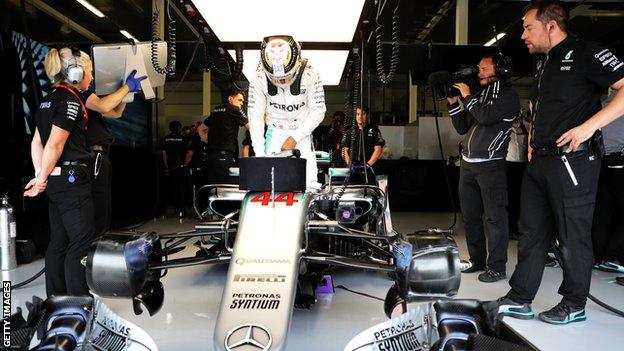
Lewis Hamilton leads the drivers' championship heading into the Belgian Grand Prix
World championship leader Lewis Hamilton will start the Belgian Grand Prix from the back of the grid after being hit with a grid penalty totalling 55 places.
It is a result of one of the more arcane rules of a sport that is necessarily complex because of the high levels of technology involved.
Some would argue it is a ridiculous situation; others that it is an inevitable result of a difficult set of circumstances. So what exactly has happened?
Why has Hamilton been given the penalty?

Defending champion Hamilton won six of the last seven races before F1's summer break
Formula 1's rules permit drivers to use only five of the six constituent parts of the engine through this season.
The limitations on usage of parts are in the rules as an attempt to keep down costs - a decade or more ago, it was not unusual for teams to use three or four engines in a single weekend as they sought the best performance.
The penalties are there as a deterrent from using too many parts of the highly complex and advanced turbo hybrid 'power units' — which are the internal combustion engine - turbo, MGU-H, MGU-K, energy store and control electronics.
The MGU-H is the device that recovers energy from the turbo; the MGU-K from the rear axle.
The first time a sixth of the elements is used, it is a 10-place penalty. Each subsequent time a sixth element is used, it is a further five places. The same applies the seventh time an element is used and so on.
Hamilton is in this position because he suffered failures of the MGU-H at two consecutive early-season races in China and Russia. Each required a new MGU-H and turbo - the two units are combined - and made it inevitable he would have a penalty for using too many parts at some point later in the season.
Mercedes are taking the penalty at Spa-Francorchamps this weekend for two reasons:
1) Although Hamilton could possibly have scraped through this race with the engine parts he had, there would be a reliability risk in doing so as they were high mileage
2) It is one of the easiest tracks on which to overtake, so it gives him the best chance to recover the best possible result.
How can he have a 55-place penalty in a 22-car race?
The size of the penalty in terms of places is academic because a driver can only be demoted as far as the back of the grid.
Mercedes have exploited a loophole that exists in the regulations, in order to put as many new engine parts in the 'pool' for Hamilton. The idea is to put him in the best possible position for the remaining nine races of the season.
Mercedes knew they needed two more turbo/MGU-Hs at a minimum to complete those grands prix. And the way the penalty system works, that would have itself added up to a 30-place penalty (10 + 5 places for the first two; and again for the second two).
That already put him at the back. So there was no extra penalty in adding a sixth ICE and MGU-K and an eighth MGU-H/turbo, effectively giving him three completely new power units for the remaining races of the season.
Are place penalties not carried over?
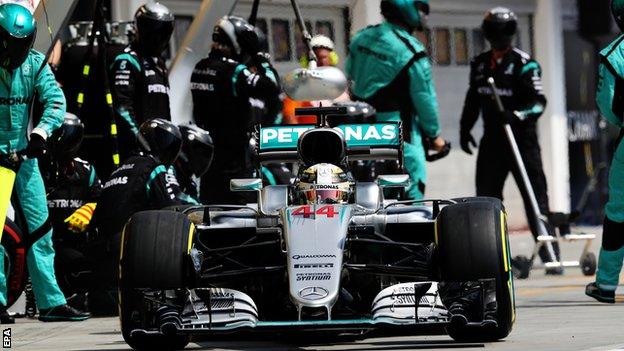
Hamilton's grid penalty for using too many engine parts has risen to 55 places at the Belgian GP
The system is a modification of the one first introduced with the current engine regulations in 2014.
Governing body the FIA realised that the turbo-hybrid engines were highly complex pieces of kit, as well as introducing revolutionary new technology.
How revolutionary? A road-car petrol engine has a thermal efficiency - its ability to convert fuel-energy into usable power - of about 29%, a figure they have been stuck at for decades. A road-going turbo-diesel can be as efficient as about 35-40%.
Modern F1 engines, the best of which produce more than 950bhp, are approaching 50% thermal efficiency - and exceed it when the hybrid system is on full energy deployment.
It is a truly amazing step forward in technology in such a short amount of time, and these advances will soon filter down to road cars, which was the whole point of introducing them into F1.
That's the benefit. The penalty is that the engines were expensive to develop and were liable to break quite often in their infancy.
To encourage manufacturers to keep costs down and reliability up, a complex penalty system was devised.
Initially, in 2014, if a driver's penalty could not be fulfilled by the number of grid places he lost, he would be given additional time penalties in the race, in the form of having to drive through the pits, and sometimes stop there for a period of time, too.
But there was a backlash against this as a number of drivers suffered in 2014 and eventually it was agreed that the system was overly punitive, so the extra in-race penalties were dropped.
The idea of carrying over penalties to future races was rejected before the rules were finalised in the first place, for similar reasons.
Will authorities look at this in the future?
Although fans continue to complain about the system, it is unlikely to be changed.
F1 bosses recognise it has its flaws, but also that it is probably the least-worst option available.
But the situation may come up for discussion again.
Mercedes F1 boss Toto Wolff says the world champions had last year proposed a rule to prevent the stockpiling of engines but it was rejected by the other teams.
He said the current situation remained "ridiculous" and added: "We should probably close that loophole."
There needs to be some form of penalty system to keep costs under control, but no-one wants it to be as overly punitive or as obviously ridiculous as it was in 2014.
This is the way of things in F1 sometimes. It is so complex and the teams and manufacturers involved so clever that even the best possible solution to a problem thrown up by circumstances can come across to some as ridiculous.
All recognise that as unfortunate, but just one of those things.
Does it all stand Hamilton in good stead beyond Spa?
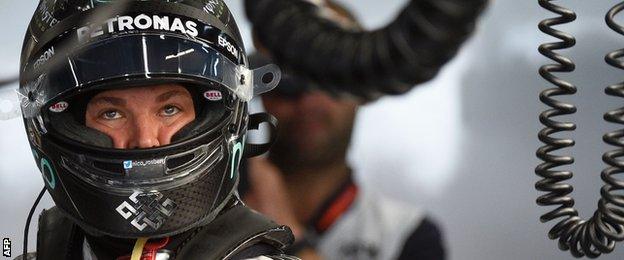
Nico Rosberg has won five races to team-mate Hamilton's six this season - there are eight remaining races after Spa
The result of Mercedes' actions is that Hamilton is probably in the best possible situation he could be for the rest of the season.
He actually now has more available engines than team-mate and title rival Nico Rosberg - Hamilton has three completely new engines; Rosberg only two.
There is the possibility that Hamilton could lose out in one way, however. There are rumours that Mercedes are to introduce a new engine specification for the Japanese Grand Prix - in October in four races' time.
Hamilton cannot now take that upgrade without incurring another penalty, whereas Rosberg can; it can be the German's fifth and final engine.
But Hamilton has the benefit of being able to run the three engines he does have harder than Rosberg, because they do not have to complete as many races. Hamilton's engines must do only three races each, as opposed to four and five respectively for the two engines Rosberg has remaining.
Running an engine harder basically means using it at a higher power for longer, whereas Rosberg will have to be more conservative with his usage of his remaining two.
So the situation may effectively even out between the two.
- Published27 August 2016

- Published23 August 2016
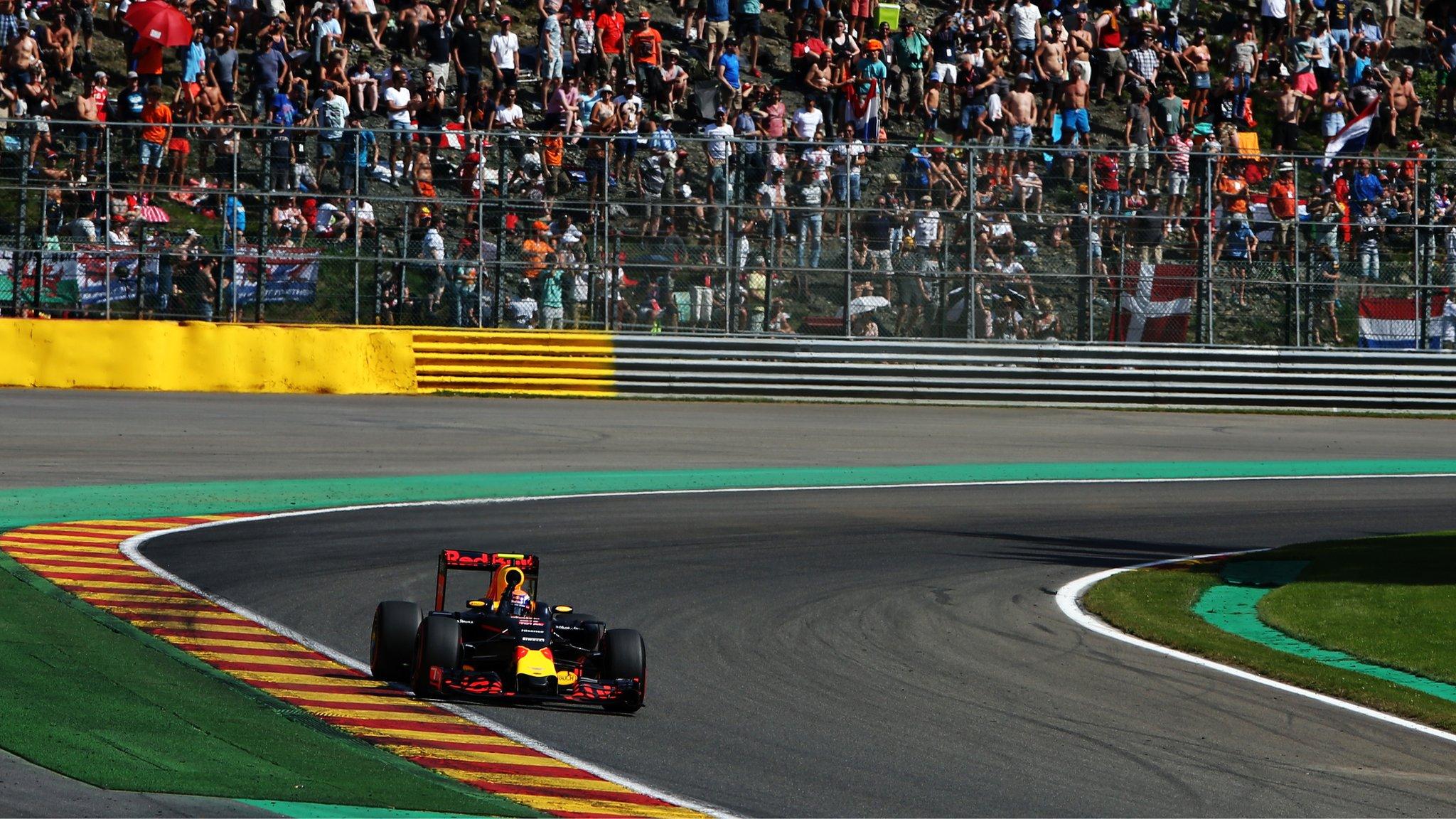
- Published27 August 2016

- Published27 August 2016
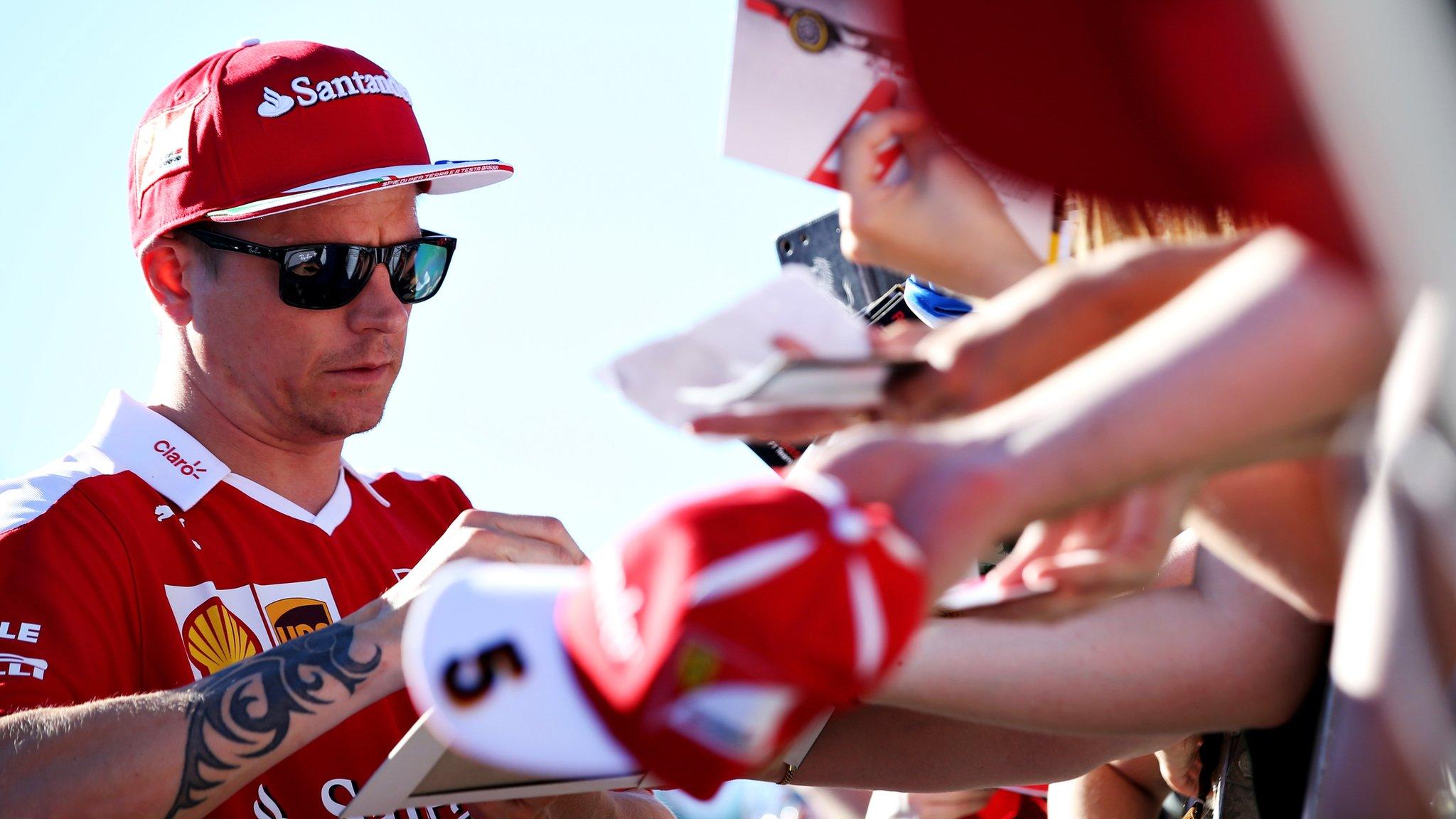
- Published26 August 2016
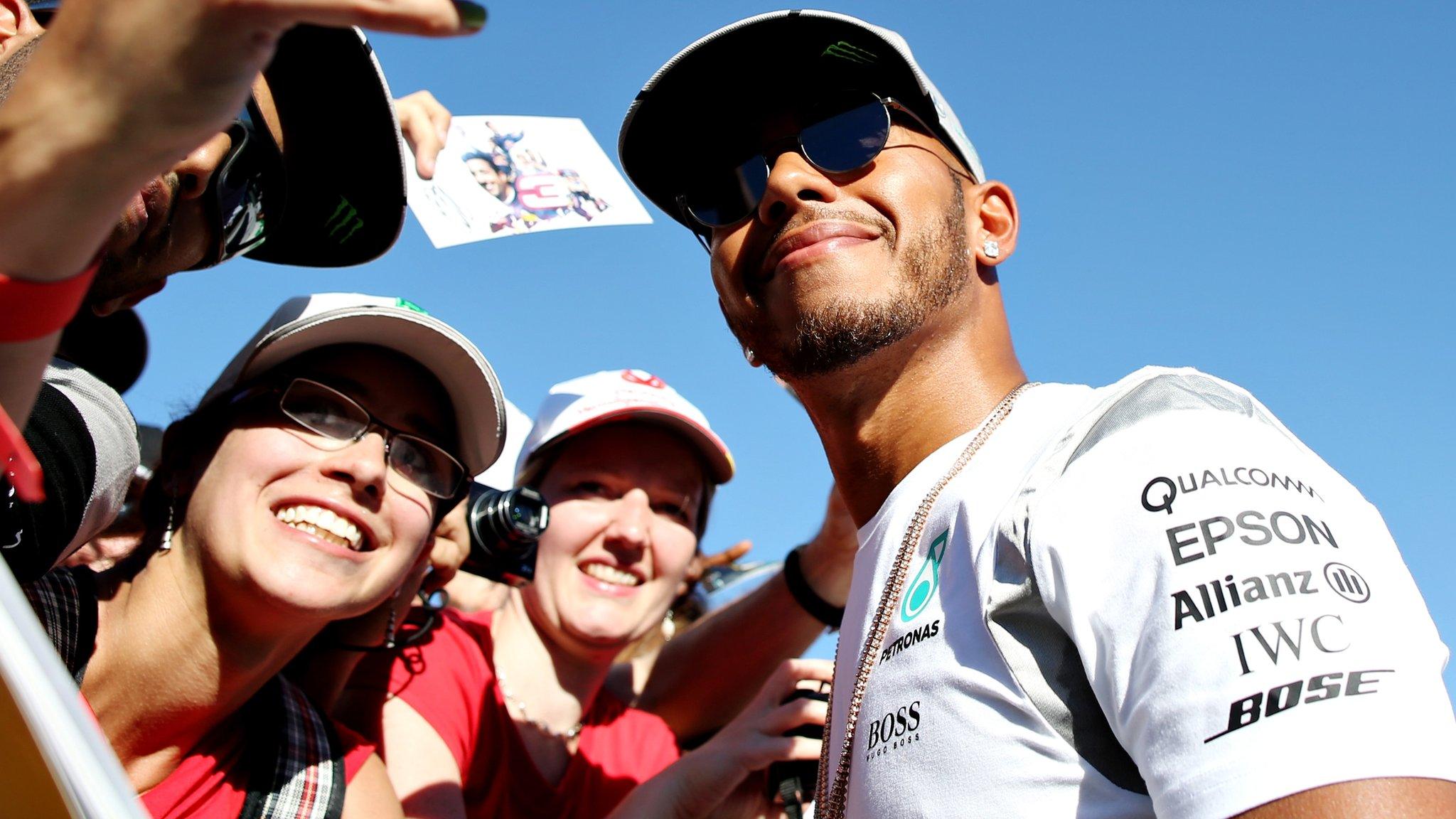
- Published26 August 2016
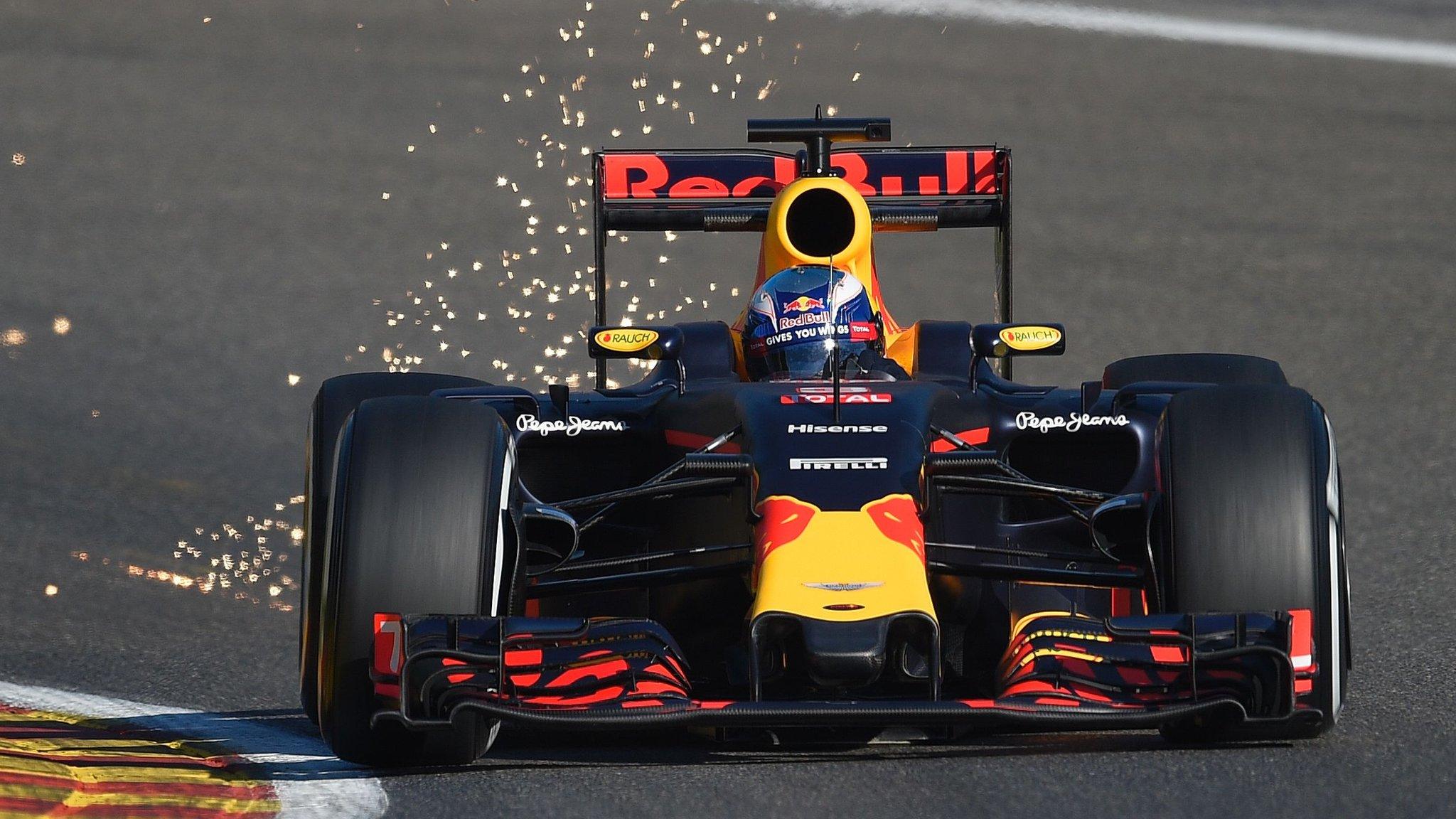
- Published26 August 2016

- Published23 August 2016

- Published24 August 2016

- Published28 August 2021

- Published18 December 2015

- Published8 August 2017

- Published13 May 2016

- Published26 February 2019
